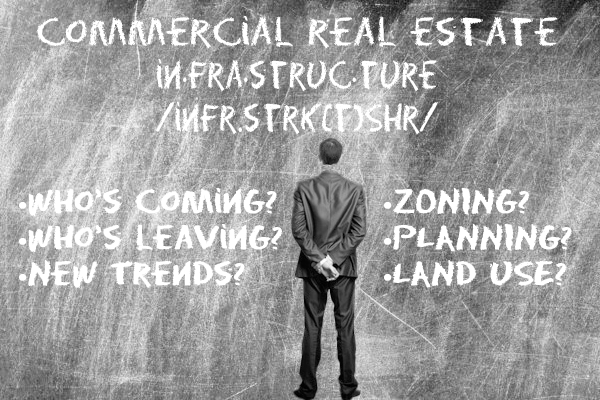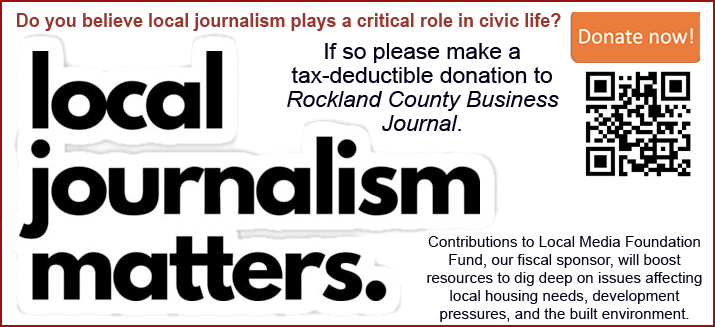|
RCBJ-Audible (Listen For Free)
|
By Paul Adler
 The issue of affordable housing in New York, particularly in suburban areas, is a critical concern that Governor Kathy Hochul has pledged to address. In response, the New York Faith-Based Affordable Housing Act has been proposed, which seeks to leverage the underutilized land owned by faith-based organizations—like churches, synagogues, and mosques—for the development of affordable housing.
The issue of affordable housing in New York, particularly in suburban areas, is a critical concern that Governor Kathy Hochul has pledged to address. In response, the New York Faith-Based Affordable Housing Act has been proposed, which seeks to leverage the underutilized land owned by faith-based organizations—like churches, synagogues, and mosques—for the development of affordable housing.
This initiative aims to create housing opportunities without the high costs of land acquisition, utilizing properties that often enjoy central locations within communities. However, this bill also raises significant concerns regarding local governance and the impact on neighborhoods.
Here’s a breakdown of the good, the bad, and the ugly aspects of this proposed legislation:
The Good
- Maximizing Underutilized Land: Many faith-based organizations own property that is underutilized and could serve the community better by addressing the pressing need for affordable housing. This bill would facilitate the development of these lands, providing housing without the need to clear undeveloped land or use up valuable green spaces.
- Strengthening Communities: By partnering with faith-based organizations, which are often deeply embedded in their communities, the bill could lead to the development of housing that is more aligned with the needs and values of local residents. Additionally, such developments could help stabilize and rejuvenate congregations, many of which face declining membership and financial difficulties.
- Reducing Government Expenditure: Since the land is already owned by the nonprofits and exempt from taxes, the state can save significantly on the costs typically associated with land acquisition for affordable housing projects. This financial saving could allow for more resources to be allocated toward the construction of housing and supporting infrastructure.
The Bad
- Loss of Local Control: One of the major criticisms of the bill is that it would diminish the power of local zoning boards and planning authorities, who are best positioned to understand and manage the specific needs and dynamics of their communities. By potentially bypassing local zoning laws, the bill could lead to developments that are out of sync with local planning strategies and long-term visions.
- Potential for Community Resistance: Even though faith organizations are integral to their communities, rezoning and development can meet with significant resistance from local residents. Concerns about increased traffic, changes to neighborhood character, and strains on local resources like schools and emergency services can lead to opposition, creating divisions within communities.
- Inadequate Infrastructure Support: Developing affordable housing involves more than just erecting buildings; it requires adequate infrastructure such as roads, schools, sewers, water supplies, public transportation, and healthcare services. There’s a risk that rapid development driven by the bill could outpace the local infrastructure, leading to overcrowded schools and congested roads.
The Ugly
- Potential for Exploitation: There is a risk that without strict guidelines and oversight, the development of affordable housing on faith-based properties could be co-opted by private developers more interested in profit than in serving community needs. This could lead to developments that are affordable in name only, or that fail to meet the quality and sustainability standards necessary for long-term success.
- Erosion of Trust: As faith organizations move into the role of housing providers, there could be an erosion of trust among congregants and the wider community, especially if developments lead to unforeseen negative impacts. The intertwining of religious missions with housing politics could also polarize congregations and communities.
- Taxation Questions: Utilizing land owned by tax-exempt entities for commercial purposes such as housing could complicate the tax status of these properties. This could potentially lead to legal challenges and a reevaluation of property tax exemptions for religious organizations, altering long-standing financial assumptions and potentially straining budgets of these entities.
While the New York Faith-Based Affordable Housing Act presents a creative approach to tackling the housing crisis, it also brings with it significant challenges and risks. Careful consideration, detailed planning, and robust safeguards are essential to ensure that the implementation of such a policy would indeed benefit communities without sacrificing the principles of local control and quality of life that residents cherish.
Paul Adler is Chief Strategy Officer of Rand Commercial. paul.adler@randcommercial.com











